When you first hear about artificial intelligence (AI), you might think it’s something only big tech companies use. But that’s far from true.
AI isn’t just about robots or futuristic labs. It’s already a big part of your daily routine—often in ways you don’t even notice.
From unlocking your phone to asking Alexa for the weather, AI technology quietly powers your world. Let’s explore what artificial intelligence really is and how it’s shaping your everyday life.
What Is Artificial Intelligence?

Before diving into AI examples, let’s first understand what artificial intelligence means.
The Oxford Dictionary AI definition explains it as:
“The theory and development of computer systems able to perform tasks that normally require human intelligence, such as visual perception, speech recognition, decision-making, and translation between languages.”
In simple words, AI allows computers to act, learn, and make decisions like humans. It helps machines process information, identify patterns, and improve their performance over time.
Core Technologies Behind AI
AI technology is built on three main parts:
-
Machine Learning (ML)
ML allows machines to learn from big data and feedback systems.
Example: Netflix recommending shows you might like. -
Deep Learning
A more advanced form of ML. It recognizes images, sounds, and speech using neural networks.
Example: Facebook tagging your friends automatically. -
Natural Language Processing (NLP)
NLP lets computers understand human language.
Example: Siri, Alexa, and Google Assistant responding to your commands.
10 Powerful Examples of Artificial Intelligence in Everyday Life

Artificial intelligence isn’t just for tech giants anymore. It’s already a big part of your day—even if you don’t realize it. From asking Siri for directions to getting personalized Netflix suggestions, AI technology has quietly become your invisible assistant. It learns, predicts, and simplifies your routine.
Let’s explore 10 powerful examples of artificial intelligence (AI) that shape your daily life—and how businesses use them to create better experiences.
-
Maps and Navigation
Remember when you had to rely on paper maps? Those days are long gone. AI in maps and navigation has completely changed how we travel.Apps like Google Maps and Apple Maps use machine learning to deliver real-time route optimization.
Here’s how it works:
- AI analyzes traffic patterns, road closures, and accident reports.
- It predicts congestion and suggests faster routes.
- Algorithms even recognize buildings, landmarks, and house numbers for better accuracy.
Thanks to AI technology, your map app learns over time—adapting routes to traffic conditions and improving visuals for a smoother experience.
-
Facial Detection and Recognition
Unlocking your phone with Face ID or using virtual filters on Instagram? That’s AI facial recognition in action. Facial detection identifies a human face.Face recognition goes one step further—it matches specific facial features to a person. AI-powered systems analyze data points like eyes, jawline, and skin texture to confirm identity .Beyond your phone, facial recognition enhances surveillance and security systems in airports and public places.Many businesses now rely on an AI development company to integrate secure, privacy-compliant facial recognition into their apps and platforms.
-
Text Editors and Autocorrect
Ever wondered how Grammarly spots your typos before you do?That’s AI in daily life again. Text editors and autocorrect tools use machine learning, deep learning, and NLP to analyze your writing in real time.They detect spelling errors, incorrect grammar, and even suggest better phrasing. These AI examples show how algorithms learn from language data—correcting mistakes like a teacher guiding you.The more you type, the smarter they get. It’s a brilliant use of AI integration where computer science meets human language.
-
Search and Recommendation Algorithms
You open Netflix, and it already knows what you want to watch. That’s not magic—it’s AI recommendation systems at work. Search algorithms and recommendation engines track your clicks, searches, and viewing history.Using machine learning and deep learning, they analyze behavior patterns to deliver personalized recommendations.
Examplesinclude:- Online shopping platforms show similar products.
- Music apps recommending songs you might like.
- Streaming services predict your next-worthy show.
Behind the scenes, an AI development company often customizes these systems for brands to boost engagement and sales. Chatbots and Customer Support Automation
-
Chatbots and Customer Support Automation
Customer support used to mean long wait times. Now, AI chatbots handle most of it—instantly.These intelligent machines use NLP to understand user queries and respond naturally.
They can:
- Answer FAQs
- Track orders
- Handle complaints
- Even escalate issues when needed
If a chatbot gives the wrong answer, the feedback system helps it learn and improve over time. For businesses, chatbots are a game-changer.They cut costs, improve response times, and ensure 24/7 availability.
Many companies hire an AI development company to design conversational bots that match their brand voice.
-
Digital Assistants
Think of Siri, Alexa, or Google Assistant. They’re your personal AI-powered digital assistants.You say, “Hey Siri, call Mom.”AI understands your voice command, finds “Mom” in your contacts, and completes the task—all within seconds.These systems use a mix of machine learning, NLP, and statistical analysis to interpret human language. They can set alarms, send messages, play music, or even control smart home devices.Over time, they learn from your tone, schedule, and habits—making interactions more natural. That’s AI integration at its best.
-
Social Media and AI Algorithms
Every time you scroll on Instagram, Facebook, or LinkedIn, you’re interacting with AI technology.
Here’s what happens behind the screen:- AI identifies content that matches your interests.
- It flags inappropriate posts using image recognition.
- It personalizes your feed based on your likes, comments, and follows.
These algorithms rely on deep learning neural networks to analyze millions of user behaviors in seconds. Social media also uses AI in targeted advertising. Brands can reach users more effectively by analyzing engagement patterns and demographics.
No surprise that most major networks partner with an AI development company to enhance these features for precision targeting.
-
E-Payments and Online Banking
Gone are the days of long bank queues. Today, you can open an account, transfer money, or pay bills—thanks to AI in banking.
E-payments are a perfect application of AI in finance.Here’s how it helps:
- Fraud detection: AI spots unusual transactions by analyzing behavior patterns.
- Identity management: It verifies users using face or fingerprint recognition.
- Payment security: Algorithms protect sensitive data and prevent misuse..
AI tracks spending patterns and transaction history, generating alerts for suspicious activity.
Banks often collaborate with an AI development company to create secure, user-friendly systems that protect customers while simplifying transactions.
-
Weather Forecasting with AI
Weather prediction used to rely solely on human experts. Now, AI weather models make the process faster and more accurate.Tools like GraphCast by Google DeepMind use deep learning to analyze historical data from satellites and sensors. They recognize atmospheric patterns, predict storms, and even estimate temperature changes in real time.
For instance, Google’s Nowcast uses AI to deliver minute-by-minute, location-specific forecasts. This level of precision helps farmers, travelers, and emergency planners make smarter decisions.
AI doesn’t replace meteorologists—it empowers them with data-driven insights.
That’s what makes AI in daily life both practical and powerful.
-
Music Mastering and Audio Processing
Love your Spotify playlist? Chances are, some of those songs were AI-mastered. AI in music production has revolutionized how artists fine-tune their tracks. Traditionally, sound engineers adjusted frequencies and tones manually.Now, AI algorithms handle it with precision. These intelligent systems analyze audio waveforms, balance levels, and enhance sound quality automatically. Independent artists use AI tools for music mastering, cutting costs, and saving time.
Even big streaming platforms use AI to recommend tracks based on mood or tempo. It’s yet another way AI integration brings creativity and technology together.
Ethical Considerations of AI

As AI technology grows, ethical considerations of AI are more important than ever. Artificial intelligence ethics ensures AI systems work safely and fairly. A major concern is AI privacy. Personal data must be protected, and informed consent is essential to avoid AI breaches.
AI bias is another issue. Machine learning algorithms can inherit societal biases from training data, which can lead to unfair outcomes. Using diverse datasets and maintaining AI transparency helps reduce bias and improve AI fairness.
Regulation is also key. Clear AI frameworks and AI policies make companies accountable for AI misuse. Partnering with a trusted AI development company ensures responsible AI and safe AI applications.
Focusing on ethical AI, data protection, and transparent algorithms helps businesses use AI technology effectively. AI in daily life can then benefit everyone while building a smarter, safer, and fairer future.
The Future of AI

The future of AI is changing how we live and work. Artificial intelligence is making tasks easier and faster. AI technology, like quantum computing and brain-computer interfaces, improves problem-solving and decision-making.
In offices, AI can handle routine tasks. This lets people focus on creative work. Personalized AI services are everywhere. In healthcare, AI predicts illnesses. In education, it adapts lessons for students. In entertainment, AI algorithms suggest shows and music you like. Tools like Google Maps and mobile ordering apps also use AI.
AI helps tackle global problems like climate change, disease prevention, and managing resources. Many companies hire an AI development company to build intelligent systems, automate work, and predict trends.
AI in daily life is growing fast. Embracing it now makes life easier and smarter.




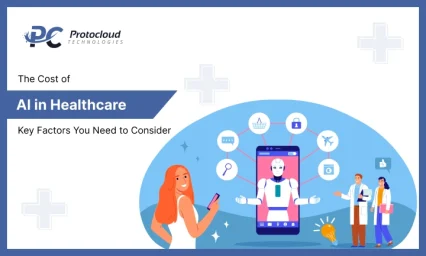
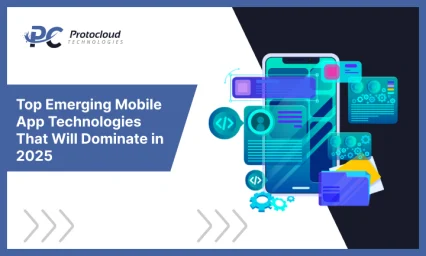
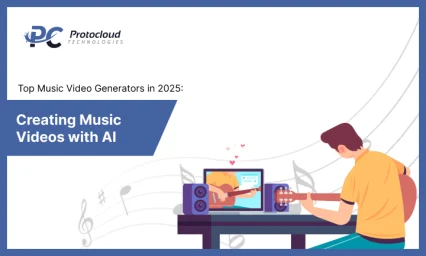
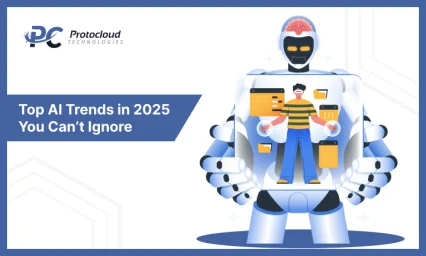
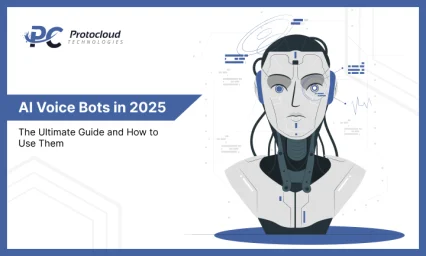

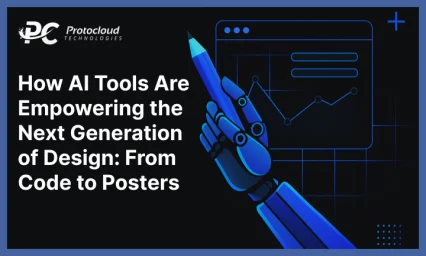



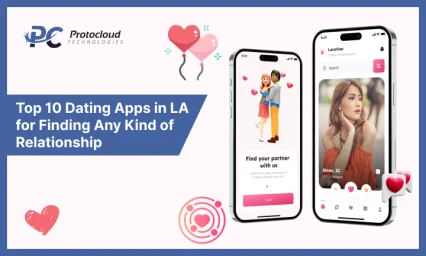



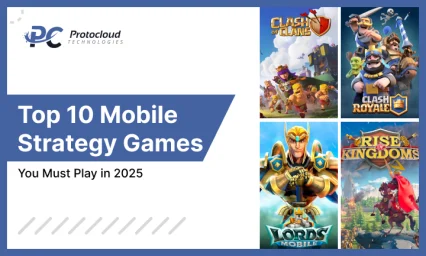

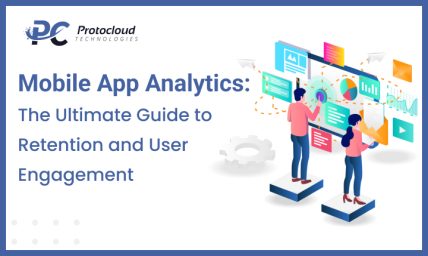



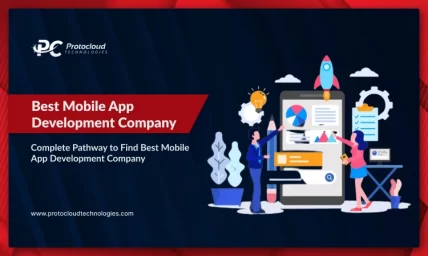
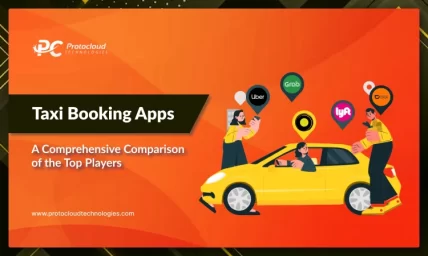
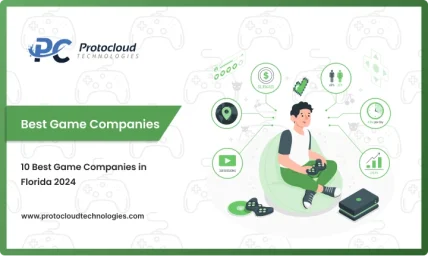



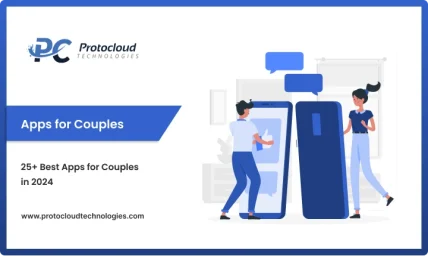








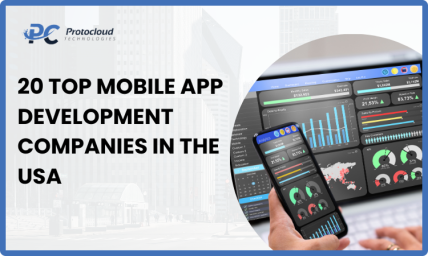





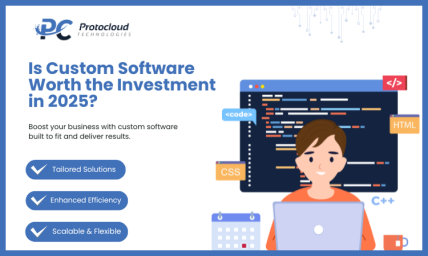

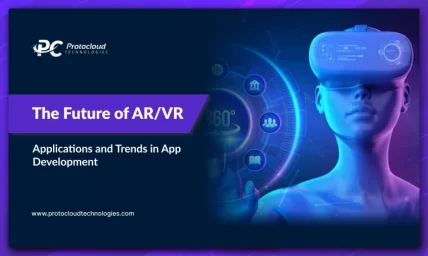
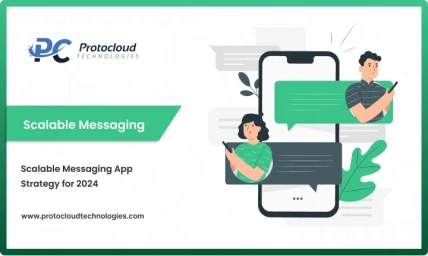
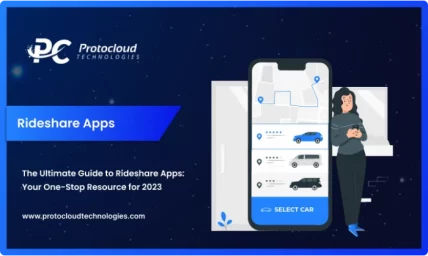
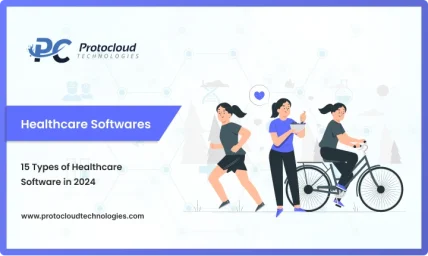


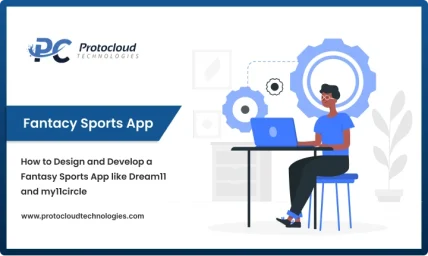
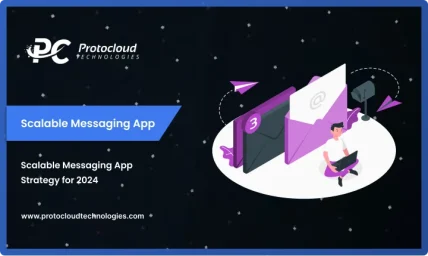
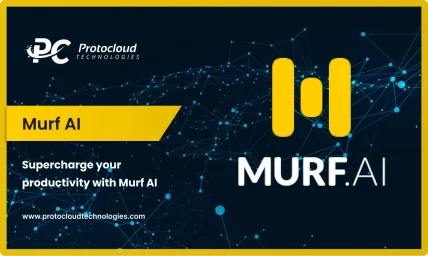
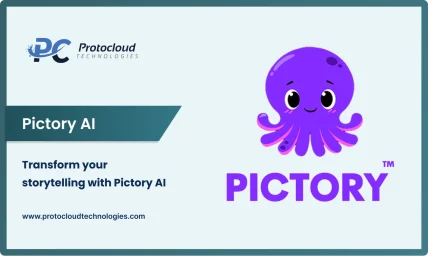

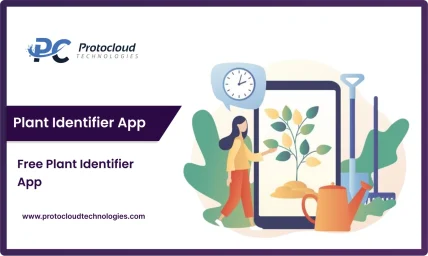
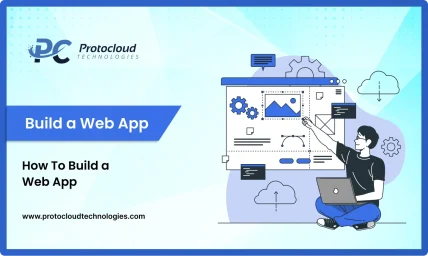

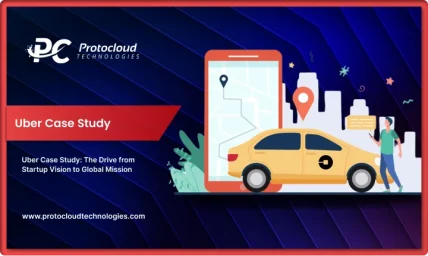
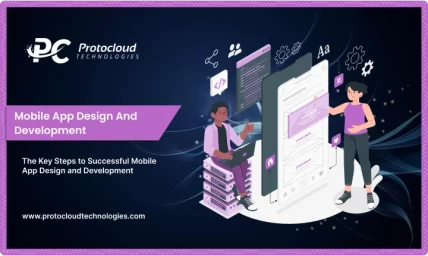


Leave a Reply